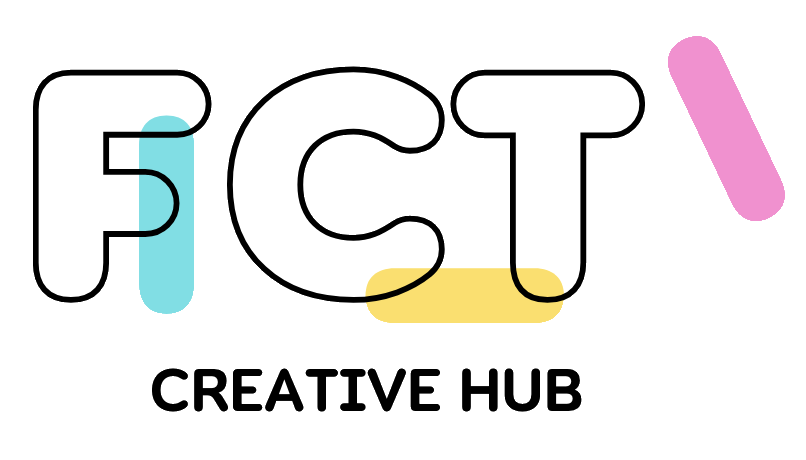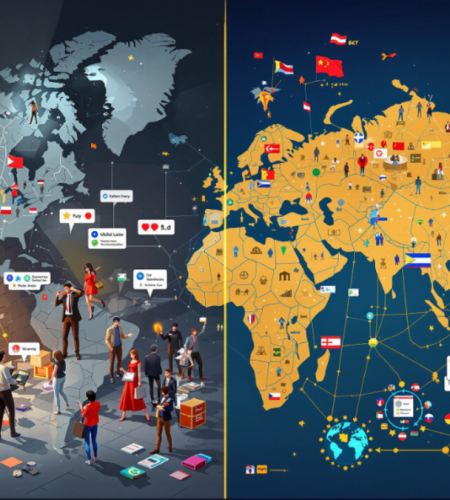In today’s interconnected economy, 76% of online consumers prefer to purchase products with information in their native language; yet, 60% of businesses still operate with English-only content strategies. This massive disconnect isn’t just limiting growth—it’s actively excluding billions of potential customers from the global marketplace.
The $62 Trillion Opportunity Hidden Behind Language Barriers
The numbers tell a stark story about missed opportunities. Non-English speaking markets represent $62 trillion in global GDP, yet most digital content remains locked in a single language. Companies expanding internationally face a brutal reality: without proper localization, they’re essentially invisible to 75% of the world’s consumers.
Consider the scale of this exclusion. China’s digital economy alone represents $5.4 trillion annually, while Spanish-speaking markets control $2.6 trillion in purchasing power. German-speaking consumers account for $4.2 trillion in economic activity. Yet most businesses approach these massive markets with Google Translate and hope for the best.
The competitive implications are staggering. While companies struggle with localization bottlenecks, international competitors are capturing market share by speaking directly to local audiences in culturally appropriate, professionally translated content. This isn’t just about language—it’s about market access in the 21st-century economy.
The Traditional Localization Nightmare
Professional translation and localization services have created an industry worth $56 billion annually; however, the traditional approach is fundamentally flawed for modern content velocity. A typical localization project follows this timeline: content submission, project scoping, translator assignment, translation work, review cycles, cultural adaptation, technical implementation, and quality assurance.
This process typically requires 2-6 weeks for simple projects and 3-6 months for comprehensive campaigns. The costs are equally prohibitive: professional human translation ranges from $0.12 to $0.35 per word, meaning a 10,000-word website costs $1,200 to $3,500 per language before accounting for project management, cultural consultation, and technical implementation.
For video content, the challenges multiply exponentially. Subtitling services cost $3-$12 per minute of content, while professional dubbing ranges from $500 to $2,000 per minute, depending on the language and quality requirements. A 20-minute product demonstration video could cost $10,000 to $40,000 to localize into five major languages.
The Speed vs. Quality Death Spiral
Modern content marketing demands constant updates, real-time responses to market changes, and rapid iteration based on performance data. Traditional localization workflows make this agility impossible. By the time translated content is delivered, the original campaign may be outdated or the market opportunity may have passed.
This creates a vicious cycle: companies either accept slow, expensive professional translation and miss market timing, or use automated tools that produce embarrassing, brand-damaging results. Neither option serves the strategic goal of effective international expansion.
The quality control challenges compound the timeline issues. Professional translation requires multiple review cycles, cultural accuracy checks, and validation of brand voice consistency. Each round adds weeks to project timelines, while content opportunities slip away to faster-moving competitors.
The Cultural Context Catastrophe
Language barriers extend far beyond literal translation. Cultural context, local regulations, regional preferences, and market-specific terminology create layers of complexity that traditional approaches struggle to address efficiently.
Failed localization attempts are legendary in the international business world. From automotive companies accidentally suggesting customers commit suicide to food brands unknowingly using offensive imagery, poor localization destroys brand credibility and market access simultaneously.
These failures aren’t just embarrassing—they’re expensive. Companies can spend years rebuilding trust and brand reputation after localization mistakes, while competitors establish market dominance during the recovery period.
The AI Revolution in Content Localization
This is where Rask.ai fundamentally transforms the entire localization paradigm. Instead of choosing between speed and quality, businesses can now achieve both through AI-powered localization that understands context, maintains brand voice, and delivers professional results in minutes rather than months.
The platform addresses every major pain point in traditional localization workflows: the speed bottleneck, cost barriers, quality inconsistency, and scalability limitations. This isn’t just improved translation—it’s a complete reimagining of how global businesses can communicate with international audiences.
Real-World Transformation Stories
Consider a SaaS company expanding from North America to European markets. Traditional localization would require 12-16 weeks and $50,000-$100,000 to translate their website, documentation, and video content into German, French, Spanish, and Italian.
Using Rask.ai’s comprehensive localization platform, the same company can complete full localization in under a week for a fraction of the traditional costs. More importantly, they can update localized content in real-time as they iterate their messaging and respond to market feedback.
The competitive advantage extends beyond initial market entry. When competitors announce new features or respond to market changes, this company can match their messaging in local languages within hours, maintaining competitive parity across all international markets simultaneously.
The Economics of AI-Powered Localization
The cost transformation is dramatic. Where traditional localization might consume 30-50% of an international expansion budget, AI-powered solutions reduce this to under 5%. This efficiency enables companies to experiment with new markets, test messaging variations, and optimize localization strategies without incurring substantial capital risks.
The savings extend beyond direct translation costs. Reduced project management overhead, eliminated revision cycles, and faster time-to-market create compounding value that often exceeds the original translation savings.
More importantly, AI localization enables strategies that were previously impossible to implement. Companies can now A/B test different cultural approaches, personalize content for regional preferences, and maintain consistent global messaging while adapting for local relevance.
Breaking the Enterprise Localization Monopoly
Historically, only large enterprises could afford comprehensive localization strategies. This created market advantages that smaller companies couldn’t match, regardless of product quality or innovation. AI-powered localization democratizes international expansion by making professional-quality translation accessible to businesses of all sizes.
Startups can now launch globally from day one, testing international markets without massive upfront investments. Mid-sized companies can compete with multinational corporations in terms of local market communication quality and responsiveness.
The Strategic Agility Advantage
The most transformative benefit isn’t cost or speed—it’s strategic agility. Companies using AI localization can respond to international opportunities and threats with the same speed as they operate in domestic markets. This agility often provides first-mover advantages in emerging markets or during periods of competitive disruption.
When global events, regulatory changes, or market shifts occur, businesses with AI-powered localization can adapt their international messaging immediately rather than waiting weeks for traditional translation workflows.
The Future of Global Business Communication
The companies that will dominate international markets in the next decade will be those that recognize localization as strategic infrastructure, not a project-based expense. AI-powered platforms like Rask.ai are already enabling this transformation, allowing businesses to operate as truly global entities rather than domestic companies with international aspirations.
The $62 trillion in global market opportunity isn’t waiting for traditional localization to improve. Smart businesses are already leveraging AI to overcome language barriers and capture international market share, while competitors struggle with outdated approaches.
The global content localization crisis has found its solution. The question isn’t whether AI will transform international business communication—it’s whether your company will adapt quickly enough to capitalize on the global opportunities that lie beyond language barriers.
Ready to break down language barriers and unlock global market opportunities? Discover how Rask.ai can transform your international expansion strategy and connect you with billions of potential customers worldwide.

